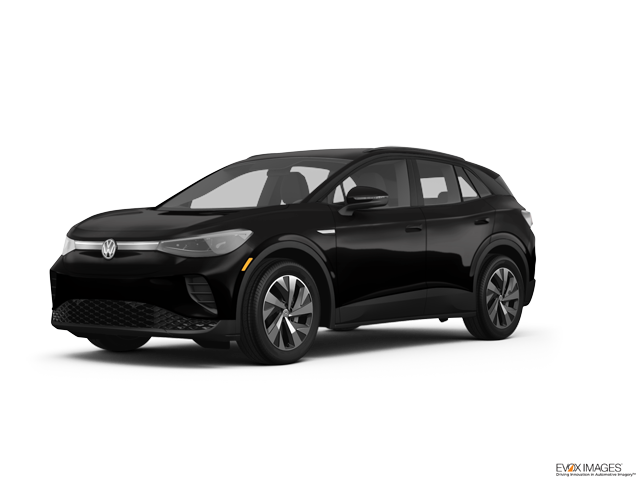For enhanced safety, the front and rear seat shoulder belts of the Volkswagen ID.4 have pretensioners to tighten the seatbelts and eliminate dangerous slack in the event of a collision and force limiters to limit the pressure the belts will exert on the passengers. The Kia Niro EV doesn’t offer pretensioners for its rear seat belts.
The ID.4’s pre-crash front seatbelts will tighten automatically in the event the vehicle detects an impending crash, improving protection against injury significantly. The Niro EV doesn’t offer pre-crash pretensioners.
Both the ID.4 and Niro EV have child safety locks to prevent children from opening the rear doors. The ID.4 has power child safety locks, allowing the driver to activate and deactivate them from the driver's seat and to know when they're engaged. The Niro EV’s child locks have to be individually engaged at each rear door with a manual switch. The driver can’t know the status of the locks without opening the doors and checking them.
The ID.4 has a standard Automatic Post-Collision Braking System, which automatically applies the brakes in the event of a crash to help prevent secondary collisions and prevent further injuries. The Niro EV doesn’t offer a post collision braking system: in the event of a collision that triggers the airbags, more collisions are possible without the protection of airbags that may have already deployed.
The ID.4 has all-wheel drive to maximize traction under poor conditions, especially in ice and snow. The Niro EV doesn’t offer all-wheel drive.
The ID.4 Pro S Plus has a standard Area View to allow the driver to see objects all around the vehicle on a screen. The Niro EV only offers a rear monitor and front and rear parking sensors that beep or flash a light. That doesn’t help with obstacles to the sides.
Both the ID.4 and the Niro EV have standard driver and passenger frontal airbags, front side-impact airbags, side-impact head airbags, height adjustable front shoulder belts, four-wheel antilock brakes, traction control, electronic stability systems to prevent skidding, crash mitigating brakes, daytime running lights, lane departure warning systems, blind spot warning systems, rearview cameras, rear cross-path warning and driver alert monitors.
The Volkswagen ID.4 weighs 596 to 1156 pounds more than the Kia Niro EV. The NHTSA advises that heavier vehicles are much safer in collisions than their significantly lighter counterparts.
For its performance in IIHS driver-side and passenger-side small overlap frontal, moderate overlap frontal, updated side impact, headlight, daytime pedestrian crash prevention, and nighttime pedestrian crash prevention testing, the Insurance Institute for Highway Safety grants the ID.4 its highest rating: “Top Safety Pick Plus” for 2023, a rating granted to only 29 vehicles tested by the IIHS. The Niro EV has not been tested, yet.


